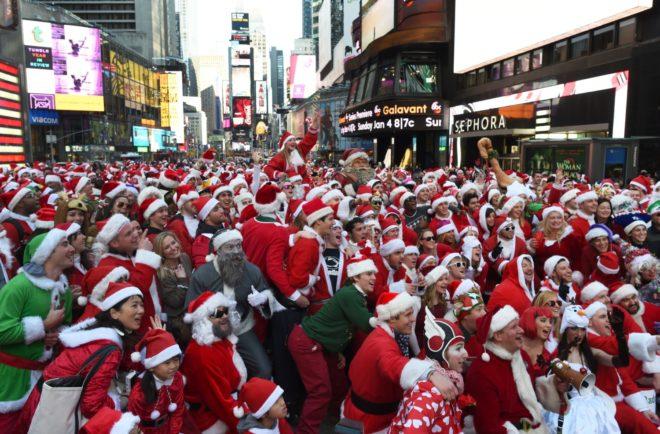Santa Claus is back by popular demand this holiday season.
He’s ringing donation bells, attending parades, lighting Christmas trees, and receiving children on his knee at shopping malls and private events.

Santa Claus is back by popular demand this holiday season.
He’s ringing donation bells, attending parades, lighting Christmas trees, and receiving children on his knee at shopping malls and private events.